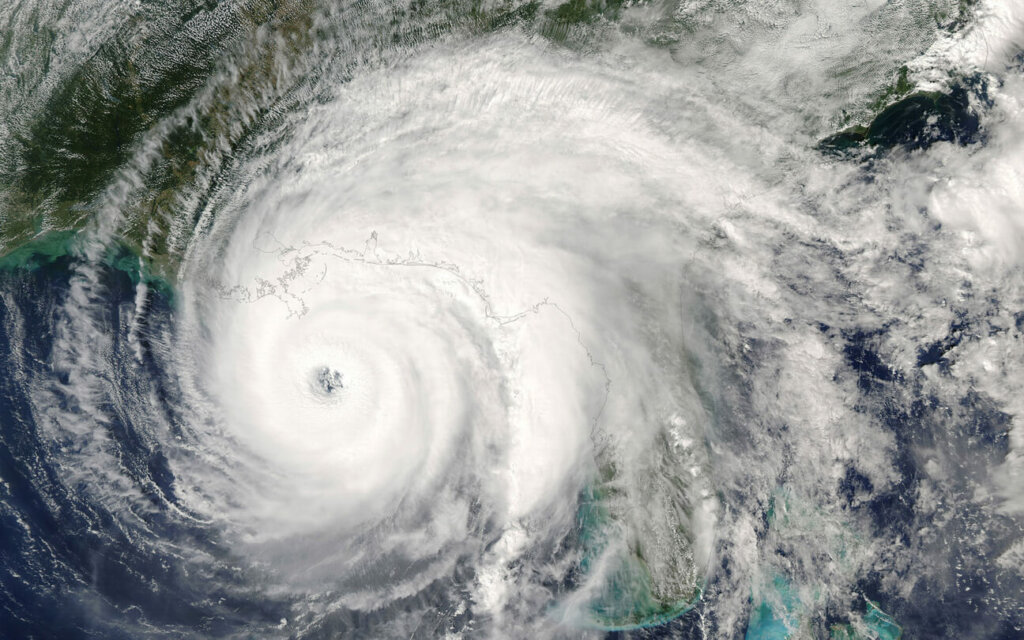 Since time in 2020 is − somehow simultaneously − both fast and slow, it is hard to believe that retailers are already well into planning for their holiday season, but it is critical that they do so. This has been a year of unique challenges and ever-changing information, so let’s all take a deep breath and consider three of the primary complications of this year: demand patterns, supply chains, and online ordering.
Since time in 2020 is − somehow simultaneously − both fast and slow, it is hard to believe that retailers are already well into planning for their holiday season, but it is critical that they do so. This has been a year of unique challenges and ever-changing information, so let’s all take a deep breath and consider three of the primary complications of this year: demand patterns, supply chains, and online ordering.
Demand Patterns
One of the big decision-points for most retailers has been around how to decide if they should pivot to sudden shifts in consumer demand. It is very hard to know which new trends are lasting and which are just reactions to the present pandemic. This led to a lot of missed sales opportunities this year, as many items have been out-of-stock for a long time. When the pandemic began, most retailers and manufacturers made some assumptions – that the economic fall-off was going to be long-lasting, so discretionary spending would fall; that things would go back to “normal,” and it wasn’t worth making costly investments in manufacturing equipment or buying stock that might not sell.
Few predicted that a lot of people, forced to stay at home, would start spending heavily across a large swath of categories – home improvement items, appliances, gym equipment – the list goes on. My own family was impacted when my sister ordered new doors for her house for a long-planned project and had to wait for months for them to be delivered with no meaningful updates “because of COVID.” First, there were delays at the manufacturing plant, then delays in long-haul shipping them across the country. This reflects that, even when it became apparent that demand is up, being able to quickly pivot to take advantage of it is extremely hard or impossible to do for many. Their retail partners end up caught in the middle.
The good news for holiday sales is that what is in demand should be more predictable. The bad news is that it doesn’t mean that it will be easy to either stock or deliver those products.
Supply Chains
For years, running lean was understood as the only way to do business. No one wanted to be left holding excess stock, and most businesses quickly learned that when everything’s going great, the ‘just-in-time’ method works well. Unfortunately, it didn’t take long to learn that when things aren’t going great, that approach falls apart very quickly and is very hard to fix even with an incident management plan.
Every part of the supply chain was impacted by COVID, and almost every part has broken down in some way. For some items, early panic-buying emptied the supply chain out, and manufacturers have been trying to play catch-up unsuccessfully ever since (it felt like Christmas came early when I was running through Costco to get a few needed items last month and happened on a small pallet of sanitizing wipes – I didn’t even know that Costco had small pallets until then!)
For others, critical components have been impossible to obtain. For example, I read that flour was never in short-supply when people were busy rediscovering sourdough (think of all of the large sacks not being used by restaurants), but most manufacturers couldn’t get enough small bags to fill. I was perusing the King Arthur site one day, sure that I would see that they weren’t even allowing you to place an order (as had been the case for weeks), when they posted a message about how they had substituted in different packaging, so they had a small amount that they would start to ship soon. Pivoting like this requires time and investment, and with so much uncertainty, not everyone is willing to pay for it.
Online Ordering
I’m sure that I was not alone in receiving daily deliveries to my house for several weeks. Once I got a good base of essential supplies, that tailed off, but let’s face it – when you’re bored and at home, it’s very easy to think of things to order online. When you add the increased demand and that the USPS has been forced to cut their capacity, it’s a recipe for a whole new avenue of issues.
A lot of retailers tried to add online capacity in a different way – standing up websites to allow for customers to order for curbside delivery. What many learned was that this isn’t as easy as you would hope – you need to build a secure website, keep it updated, and get the word out about its availability.
Even those that have been at it for some time hit new difficulties. I ordered a freezer (I know, I know, but all the supplies ordered and excess baking has to go somewhere!) from a well-known retailer with a significant online presence. For two days while researching, it showed that the model I wanted was in stock and would ship in two days. When that day came and went without me receiving a shipping notice, I looked at my order, and it was now showing that it was backordered with no estimated delivery date. I sent an email to ask why their system showed it was in stock when it wasn’t. The reply I got was basically, “because COVID.”
The pandemic might be the reason why it was out of stock, but that’s not why the online inventory was wrong. What are the chances that I will want to place another order with a retailer that couldn’t manage a more personalized answer than that once the crisis passes? It is vital that if you offer online ordering, that you are able to give your customers accurate information that they can rely on. Everyone’s a little frustrated right now – you don’t want to be the retailer that pushes someone away for what should have been an insignificant mistake.
So, what does this mean for retailers during this holiday season? More of the same but magnified, unfortunately. There should be an expectation that customers are learning new behaviors and will act on them – I ordered holiday lights and outdoor timers for my house in the last week of September. I did this because I know better than to think that I’ll be able to get them when I actually want them a couple of months from now – and since I am not traveling constantly and am at home more this year, I want to put more effort into making it nice. I’ll bet I’m not the only one. Therefore, I was happy to see these items already stocked at my retailer of choice – but can predict that people who wait to order them until they actually want to decorate will end up disappointed. The same retailer needs to be ready for that, too.
Hopefully retailers have already opened up their supply chains to alternatives (if they can find them in the middle of a crisis) and thought through what items can be stocked up early and stored. I believe that there is no going back to the “old” normal, so refusing to invest in increased product levels and a place to put them until needed will only continue to hurt those that won’t adapt. Woe to the retailer that hasn’t thought ahead to lay in large supplies of holiday baking and cooking products (my mom bought chocolate stars for peanut butter blossoms when she saw them last week)! People are going to be looking for comfort, and if they can’t find it in your store, they will find someone else who can supply it. And, they aren’t likely to forget who let them down. This is simply a best practice for vendor risk management.
Remember that it is your responsibility to help your customers understand the required new buying habits. Let them know if an item is at low stock. Let them know that they have to order well in advance if they expect to receive items in time − or at all. Let them know if particular items won’t be in stock as soon as possible so that they can move on and find an alternative. Let them know what alternatives you can offer. “Because COVID” isn’t going to fly with more and more consumers − don’t leave yourself in a situation where that’s your only excuse.






